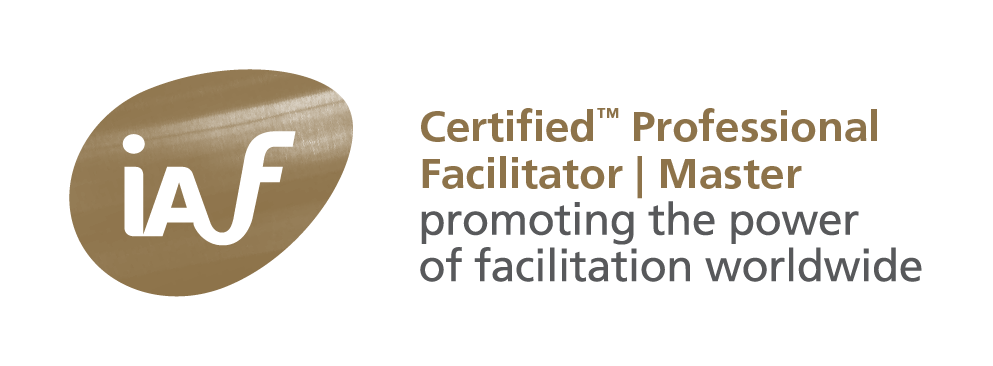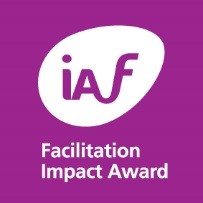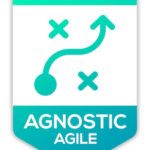For the full text, see: https://mindatwork.substack.com/p/omaf-an-harmful-untruth
It’s not a question about truth, but about believes. Believe it or not, we use a kind of Baysian Logic in establishing what works in behaviour. Your body learned to make “educated guesses” on what works. You realize “what works”.
Your brain continuously comes up with beliefs – fictions – about the (immediate) future, projected against perceived reality – facts. (Technically: “an expectation function”). A fact is a fiction that works for you. (Technically: one tries to reduce the deviation of the expectations, a.k.a. looking for safety).
A problem then can be defined as a difference between belief and perceived reality with a negative emotional charge, a bias to prevent harm to the body. Which makes sense in dealing with physical reality.
With language we create a mental reality as an extension of our physical reality. Thinking is merely an extension of behaviour with other means. Stories, myths and legends are just a kind of “expectation functions”, experiments.
In our use of language however, we use an either-or type of logic. Something is true EITHER-or false. It cannot be both, nor neither. This kind of logic, as Wittgenstein proved, can only solve logical problems. You cannot solve illogical problems, for instance, when both or neither are true, or you don’t know.
In language one uses: “What I say three times is true” (Lewis Carroll, The Hunting of the Snark). A fact is a fact because it’s a fact.
The only question about facts one can ask is: “could their be facts that would make you change your mind?”. (I’m not sure about the use of could and would :-)). If the answer is “no”, no use in continuing a conversation. (Note the use of “to converse” in conversation).
It’s not the facts that bother us, but our beliefs about the facts. – to paraphrase Epictetus.




